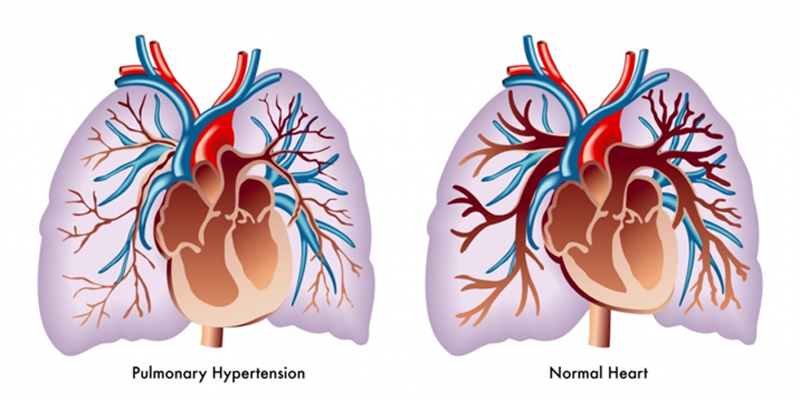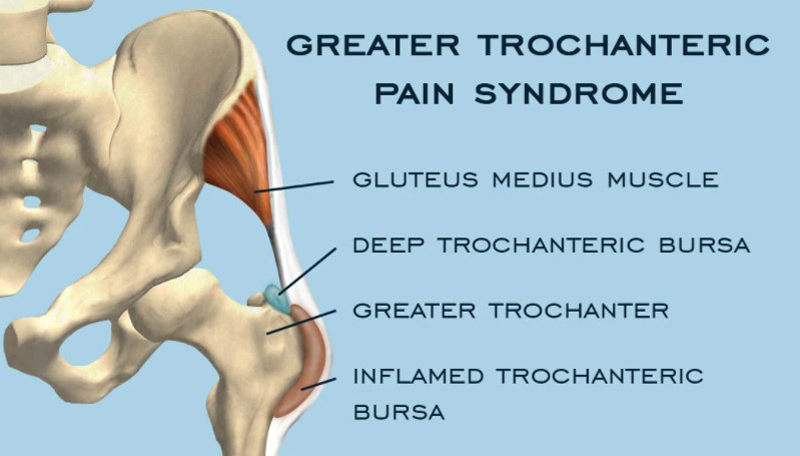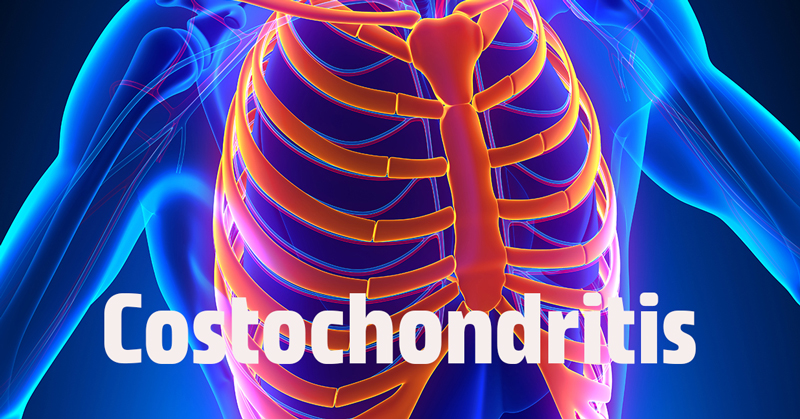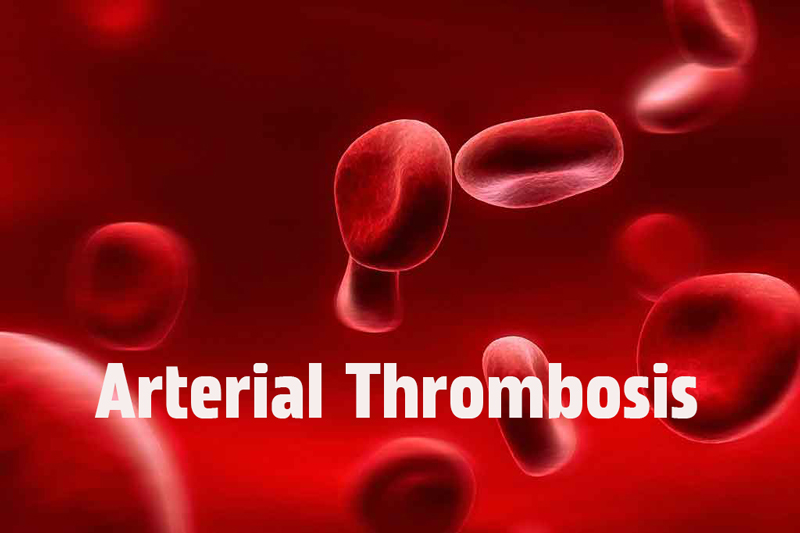Managing Geographic Atrophy in Age-Related Macular Degeneration
Aug. 15, 2023 #Eye Health
What is Geographic Atrophy?
Geographic atrophy (GA) is an advanced form of dry age-related macular degeneration (AMD).It involves the progressive and irreversible loss of retinal tissue in the central part of the retina, which can result in the loss of visual function over time.Approximately 5 million people worldwide and 1 million patients in the US are affected by GA.
GA is a common cause of vision loss in older adults.It refers to the degeneration of cells in the central part of the retina, including the photoreceptors, retinal pigment epithelium, and choriocapillaris.This degeneration leads to a gradual decline in central vision, making it difficult to recognize faces, drive, read, or perform other daily activities.
Early diagnosis and regular eye exams are important for managing GA.The condition typically occurs in older individuals and its incidence increases with age.Therefore, regular eye exams can help detect GA in its early stages, allowing for prompt intervention and management.
Research is ongoing to develop new treatments for GA.Currently, there is no cure for the condition, but there are several strategies aimed at slowing down its progression.One potential treatment being explored is the use of complement inhibitors, such as pegcetacoplan and lampalizumab, which target specific components of the immune system involved in the development of GA.
In summary, geographic atrophy is an advanced form of dry age-related macular degeneration that involves the progressive and irreversible loss of retinal tissue in the central part of the retina.It is a common cause of vision loss in older adults, affecting millions of people worldwide.Early diagnosis, regular eye exams, and the potential for new treatments offer hope for managing this condition in the future.
Diagnosis and Management
Diagnosis and management play a crucial role in effectively managing geographic atrophy (GA).Here are some key points to consider:
Early Diagnosis and Regular Eye Exams
Early diagnosis of GA is essential for effectively managing the condition.Regular eye exams are recommended, particularly for individuals at risk or those experiencing symptoms, to detect GA in its early stages.These exams allow ophthalmologists to closely monitor the progression of GA and intervene promptly.
No Cure, Focus on Slowing Progression
Currently, there is no cure or treatment that can restore vision already lost due to GA.However, there are strategies aimed at slowing down the progression of the disease.Researchers are actively conducting clinical trials to investigate approaches that reduce the enlargement of GA lesions, thereby preserving vision for longer periods.
New Treatment Approaches
Exciting developments in the field of GA research offer hope for better management of the condition.New treatments, such as pegcetacoplan and lampalizumab, are being developed specifically for GA.These therapies target certain components of the immune system involved in the development of GA and aim to slow down disease progression.Ongoing clinical trials are evaluating the safety and efficacy of these treatments.
In summary, early diagnosis, regular eye exams, and the potential for new treatments are key elements in the management of geographic atrophy.By detecting GA early, closely monitoring its progression, and exploring innovative treatment approaches, we can strive to improve the quality of life for individuals affected by this condition.
Prevalence and Risk Factors
The prevalence of geographic atrophy (GA), an advanced form of dry age-related macular degeneration (AMD), is increasing with age.Notably, the incidence of advanced AMD, including GA, rises as individuals get older.This highlights the importance of early diagnosis and regular eye exams for identifying and managing GA in its early stages.
Genetic factors and smoking have been identified as potential risk factors for the development of AMD and GA.Research suggests that certain genetic variations may increase an individual's susceptibility to the disease.Additionally, smoking has been shown to be a significant modifiable risk factor for AMD.Quitting smoking or abstaining from smoking can help reduce the risk of developing AMD and GA.
AMD is the main cause of central blindness among the working-aged population.It is estimated that more than 190 million people worldwide are affected by this condition, and this number is expected to increase in the coming years.The significant impact of AMD and GA on vision emphasizes the importance of awareness, early detection, and ongoing research efforts.
In summary, the prevalence of geographic atrophy and AMD increases with age.Genetic factors and smoking are linked to the development of GA.AMD is a leading cause of central blindness among working-aged individuals, affecting a large population worldwide.Understanding these prevalence and risk factors is crucial in developing effective strategies for early diagnosis, prevention, and management of GA.
The Age-Related Eye Disease Study (AREDS)
The Age-Related Eye Disease Study (AREDS) was a groundbreaking clinical trial that investigated the natural history and risk factors of age-related macular degeneration (AMD).The study provided valuable insights into the prevention and management of this condition, including the advanced form known as geographic atrophy (GA).
Key points from the AREDS study include:
- High levels of antioxidants and zinc can reduce the risk of developing advanced AMD: The AREDS study found that a specific combination of antioxidants (vitamin C, vitamin E, and beta-carotene) and zinc had a protective effect against the progression of advanced AMD.These nutrients help neutralize harmful free radicals and support the health of the retina.
- Supplements based on the AREDS study are available: The findings of the AREDS study led to the development of specific nutritional supplements that contain the recommended combination of antioxidants and zinc.These supplements are available over the counter and are often recommended for individuals at high risk for developing AMD or GA.
- The supplements had no significant effect on the development or progression of cataracts: While the AREDS supplements were effective in reducing the risk of advanced AMD, they did not have a significant impact on the development or progression of cataracts.Cataracts are another common age-related eye condition that affects the clarity of vision.
Current and Future Treatments
Pegcetacoplan and lampalizumab are being developed as potential treatments for geographic atrophy (GA), the advanced form of dry age-related macular degeneration (AMD).These medications aim to slow down the progression of the disease and preserve visual function for as long as possible.
- Pegcetacoplan: Pegcetacoplan is a complement inhibitor that has been approved for medical use in the United States.It works by targeting specific components of the immune system involved in the development of GA.Clinical trials have shown promising results in reducing the enlargement of GA lesions and preserving visual acuity.
- Lampalizumab: Lampalizumab is another treatment being studied for GA.It is an antigen-binding fragment of a humanized monoclonal antibody that binds to complement factor D.However, clinical trials for lampalizumab did not meet their primary endpoints, casting doubt on the effectiveness of complement inhibition as a strategy for treating GA.Nevertheless, research is ongoing to explore other potential treatments and approaches.
While the development of these treatments provides hope for individuals with GA, it is important to note that there is currently no cure for the condition.However, the potential for new treatments offers optimism for the future management of GA and the preservation of visual function.Ongoing research and clinical trials aim to identify additional treatment options and improve outcomes for individuals affected by this condition.








COMMENTS